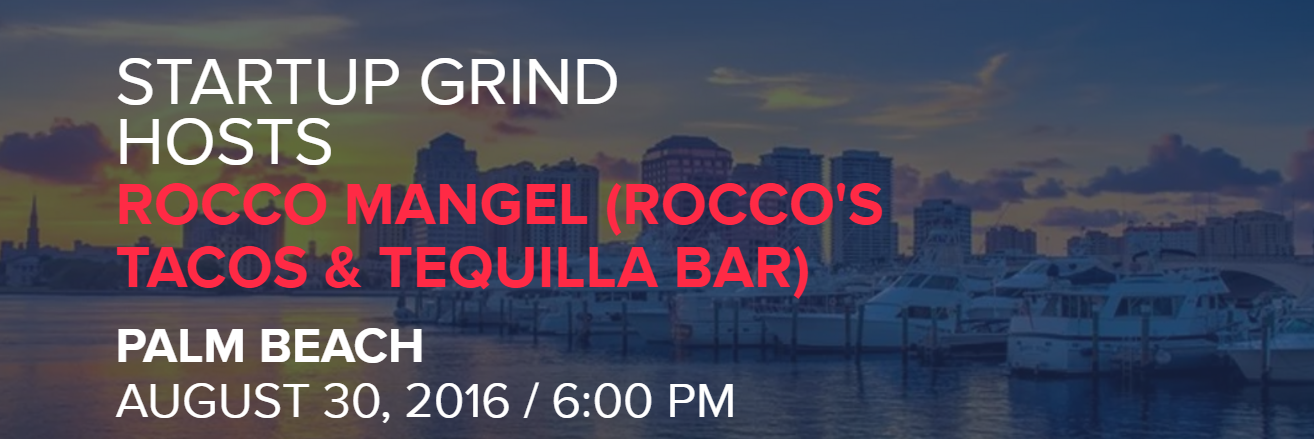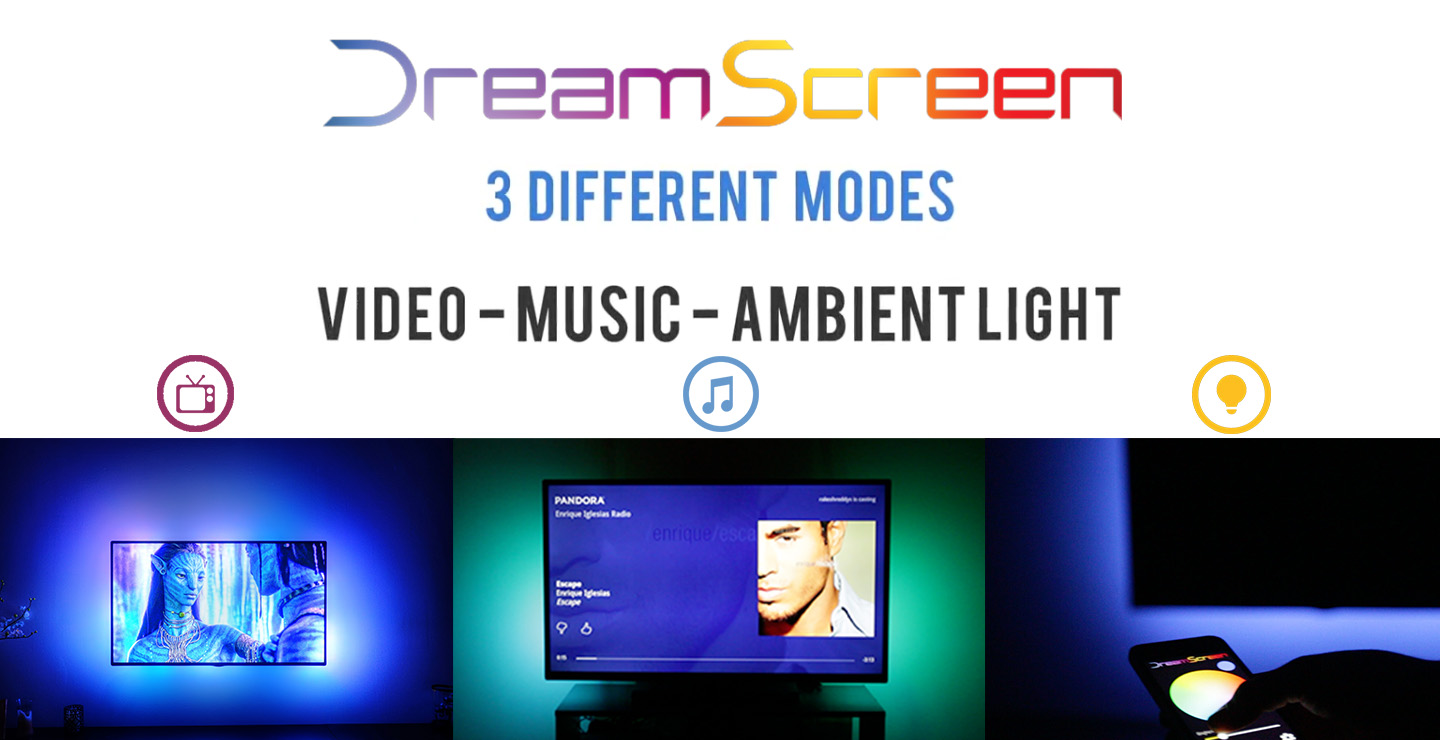What Goes into IT at a Ballpark? An interview with Dedicated IT
Read Time 5 MinutesHave you ever wondered what kind of information technology (IT) goes into a ballpark? If you’re like me, probably not, meaning that the parties responsible have done a good job of making their operations seamless.
The Ballpark of The Palm Beaches recently opened, and the technology infrastructure supporting the spring training ground of The Houston Astros and Washington Nationals is mind-boggling. I recently interviewed Benjamin Posner, CTO of Dedicated IT, who played a major role in the success of this newly launched operation.
About Dedicated IT and Ben Posner
Dedicated IT is one of the fastest-growing companies in Palm Beach County and South Florida. They have doubled their revenue year-over-year for the past three years, are expanding from Palm Beach Gardens to Melbourne, Ft. Lauderdale and Orlando, and continually are growing out their business, hiring what Posner calls “A-players” as staff.
Posner began working in the IT industry back in 1989. He has extensive history in the industry, exposure to products and methods and several certifications (Cisco, Microsoft, Novell, Citrix and WatchGuard… to name a few). Ben’s motto is:
“We make sure our clients are as effective as they can be in their jobs, by us doing ours.”
I sat down with Posner to talk about the state-of-the-art facility and Dedicated IT’s involvement in the construction of this great new addition to South Florida.
Daniel Lofaso: How did you get involved with the Ballpark to discuss providing them IT?
Ben Posner: We submitted an RFP with the county, sat down with teams, ballpark officials and construction managers, then proposed a full Cisco environment with infrastructure management for the year, along with managed services.
What is newer or cutting-edge tech for this park?
With a spring training facility, you have to take into consideration audio (PA systems), over 220 network TVs, live broadcasting, radio, and more, all running over the network. Every business needs firewall switches and wireless access points, but the data that runs over those kinds of switches is really where this type of operation gets complicated.
Specific to coaching, there are 13 fields, all with cameras on the right and left sides. There are multiple cameras covering home plate, outfield, all the bases and pretty much on every aspect of the field where a player needs to be monitored. During games, every motion the player makes is recorded as live clips to help players review and improve. Trackman, a camera specific to baseball (radar), connects to the network and displays the information on the scoreboard, which has its own dedicated rack.
There are also networked security cameras across the entire ballpark, and this is just scratching the surface with IT systems in place for all of the following:
- Ticketing
- Concessions
- Retail Store – reporting back to each team
- Lighting System– controllable by an iPad control console
- HVAC system
- Wine Dispensing System – tracking how much is used and how much they have to restock
When looking down at the field, you see cameras on the dugout. These systems must be reliable, you can’t drop a single sequence or it will really upset the teams. Much of the public hardly ever notices these things. There is even a camera hiding at the batter-side wall to watch how the balls fly off the bat. When I say everything on the field is recorded I really mean everything.
How does the conversation go with ball teams and IT teams in terms of requirements?
The teams themselves have internal IT staff that also work with MLB and have a great idea of what their requirements are. The stadium itself does not have any internal IT staff, we are their IT team. We work with the team’s IT and put all the things in place to help them meet their goals.
How would you compare baseball parks today to just 10-15 years ago?
Everything is monitored and often sent back to the corporate HQ’s for evaluation.
Systems and Functions that ride on networks include Coaching Video Systems, Security Cameras, Lighting Systems, HVAC Controls, Marquee Signage, Wine Dispensers, Ticketing, Concessions, Retail Store, IPTV Systems for TV and Signage, Invisible Cell Towers, AV Controls, Scoreboard Control, Timeclocks, Press Access, TV Stations and their Satellite Trucks, Radio Broadcasting, and Data/VoIP.
- Firewalls: 6
- Switches: 45
- Access Points: 78
- VLANs: 59
- Wireless Networks: 10
- Equipment Rooms: 22
- Cameras: 100+
What is required to set it up?
We had an IT architect who labeled where things needed to go. It then took me 1.5 months to design, 2 months to prepare equipment, install firewalls, and setup the 22 rooms with equipment strategically placed so the cabling guys could run their lines.
- Proposal – August 2016
- Bid Won – September 2016
- Equipment Delivered – Christmas 2016
- Last Minute Curveballs: 15-20 (approx)
- Miles Walked during Project: 350+ (approx)
I spent 3 months on site walking about 7 miles per day, working with contractors and subs making sure racks were in the right place, checking on electrical outlets, ensuring it was all tied to emergency power, mounting equipment, and working with construction crews.
A lot of what I did was assist project managers with in-the-field oversight, as we were involved in so many of the arms of their construction. I’d go to the PMs, tell them my findings, and often update them to things they thought were signed off on. Often, I was the eyes and ears from an IT standpoint to help make the project run smoothly.
What is required to maintain it?
Once it is setup, there is not a lot that needs to change regularly. Most of the maintenance can even be done remotely. While I walked around the facility, I was able to make live changes from my phone.
What do you think about the state of tech in South Florida?
Palm Beach seems to be a growing area, from our standpoint we will go from 2 to 4 offices in the next year, and 8 offices by 2021, and possibly an office in Utah and Colorado. The opportunities are there, the area is growing more and more. We went from 9 to 19 people in the last year, and are looking to bring on another 6 employees this year.
What kind of employees do growing companies like yours look for?
We want the best of the best, and one of the big things we look for is personality. You have to love your job – it can be nights and weekends, 3 days in a row, no sleep – but if you love your job it is not a big deal. Dedication is key.
We are looking for personality as the most important factor for our level 1 guys, and combined with more experience for level 2 and beyond. We are seeing talent in the Palm Beaches and more moving in all the time. This also includes the tri-county area as well as Orlando and Melbourne.
Dedicated IT is very big on family and building a great company culture. Your support system is important – I’m lucky enough to have a great wife who always supports me, but for those people who may not have that support system, we are that company that provides a great work environment and family atmosphere. We strive to be a workplace where people want to make a difference.
To learn more about Ben Posner and Dedicated IT visit them at http://dedicatedit.com/.
For more on the Ballpark of the Palm Beaches, visit http://www.ballparkpalmbeaches.com/.






